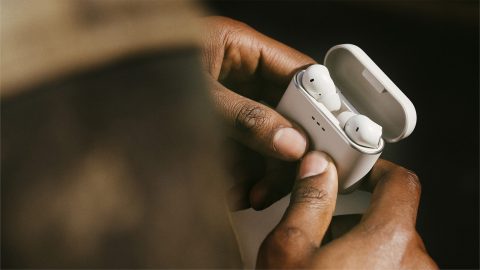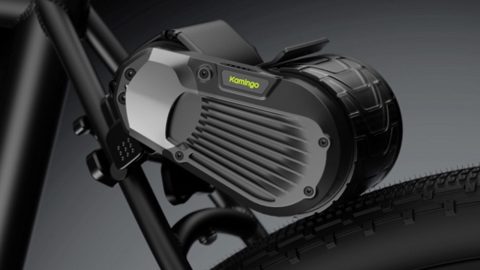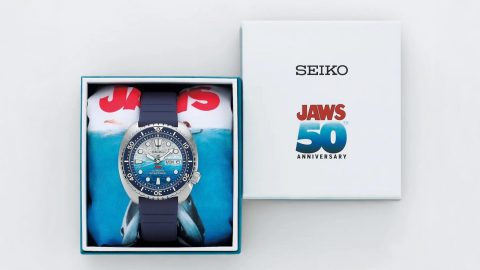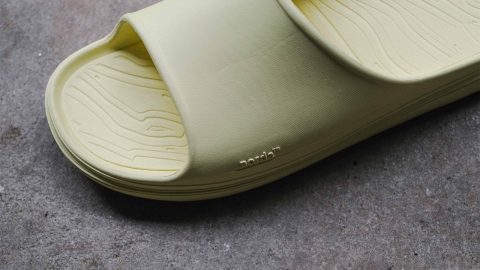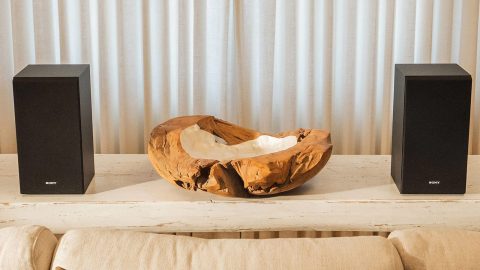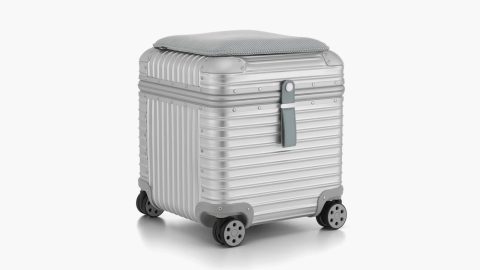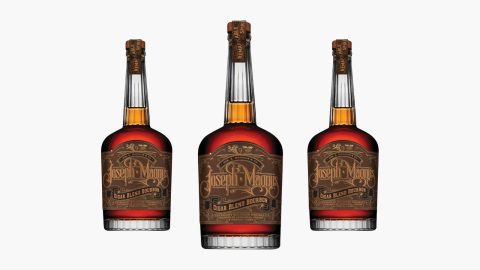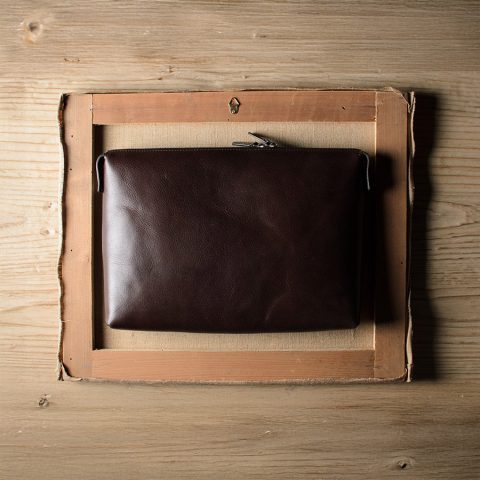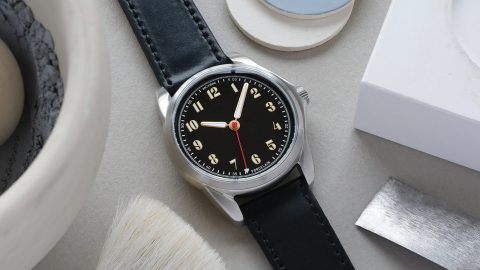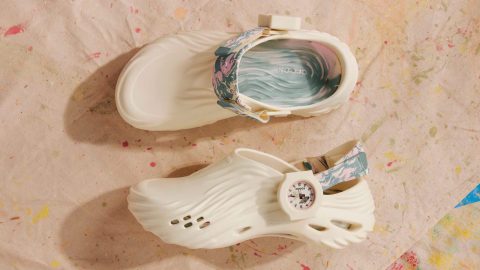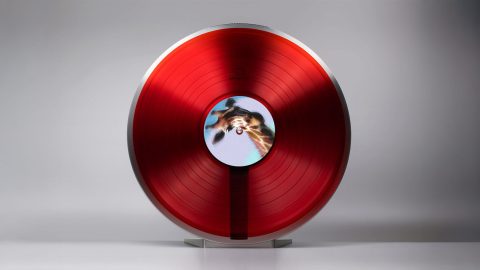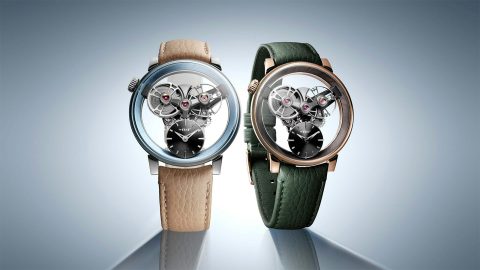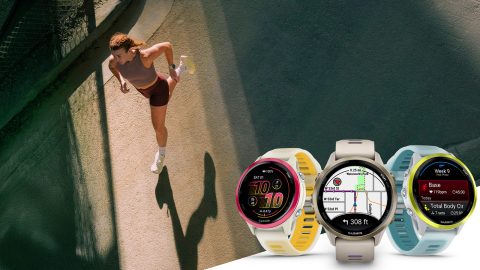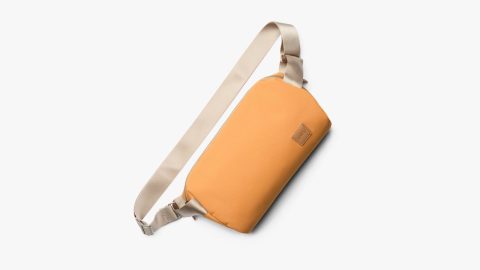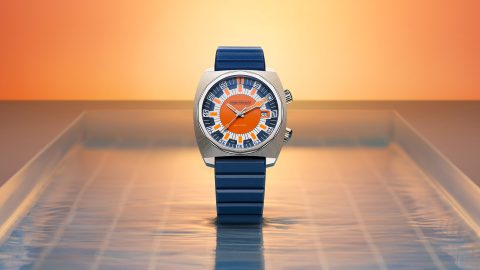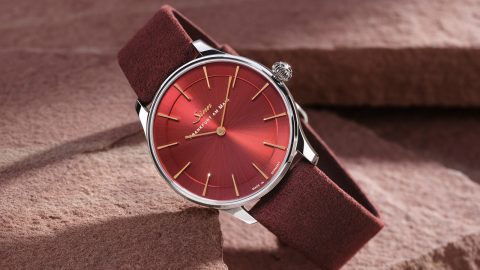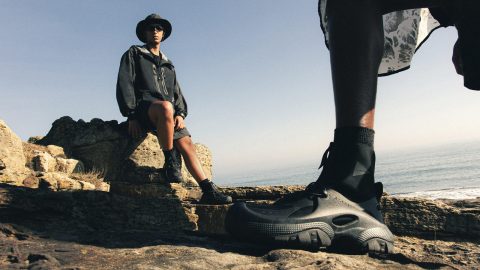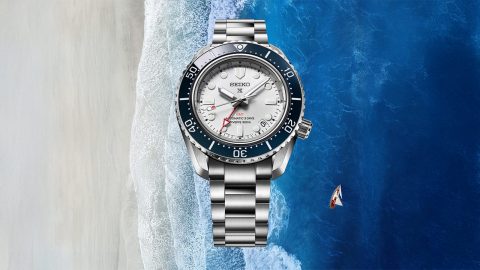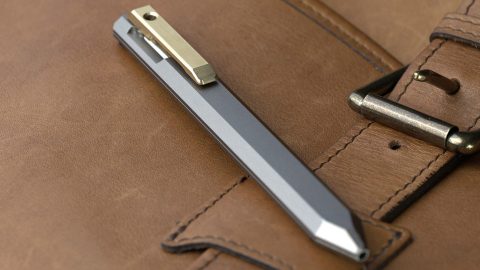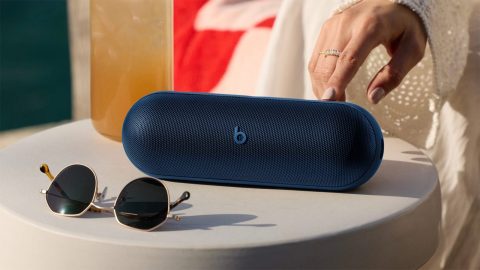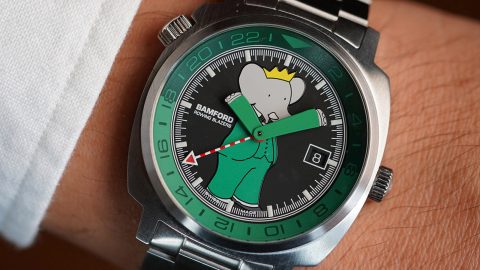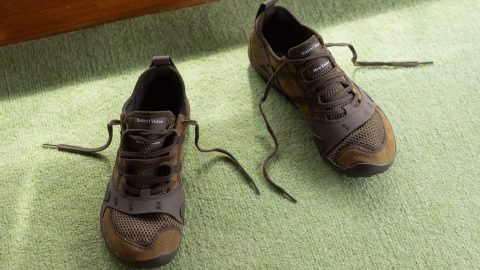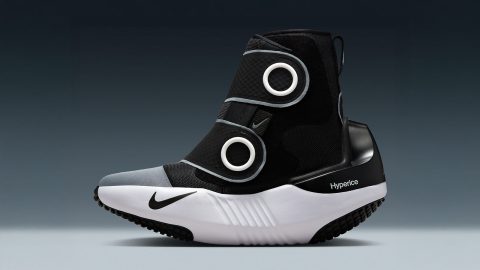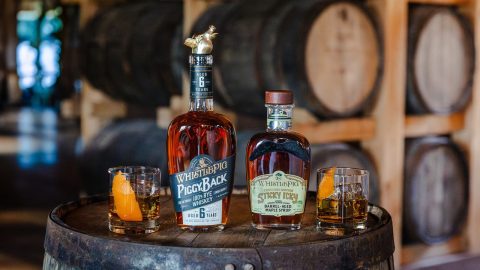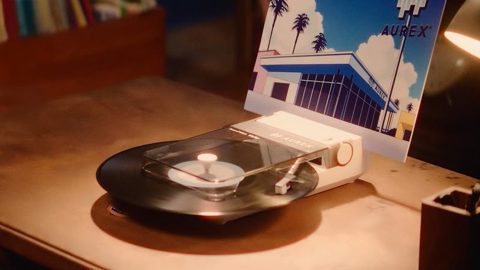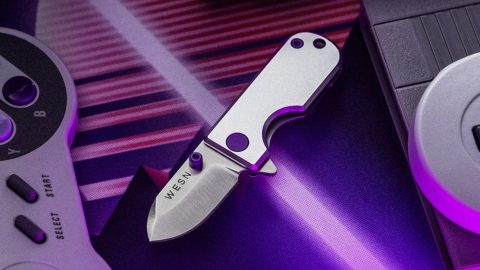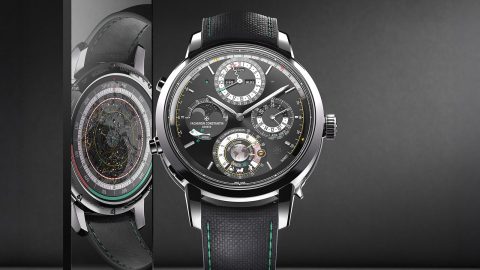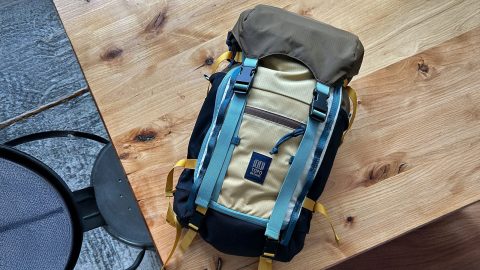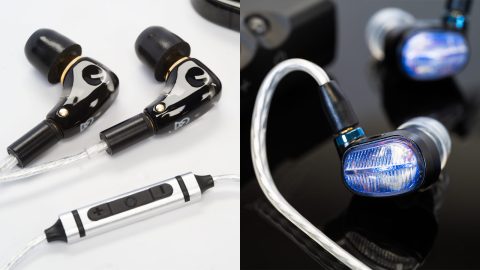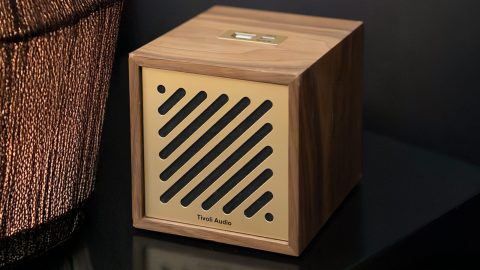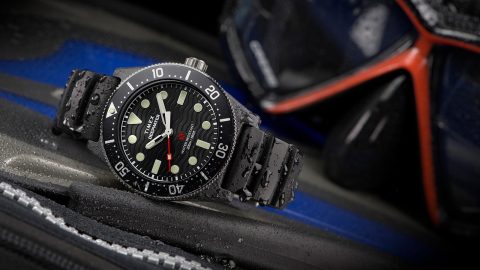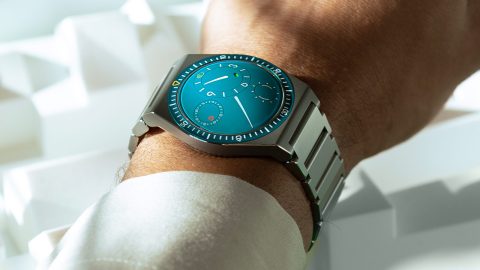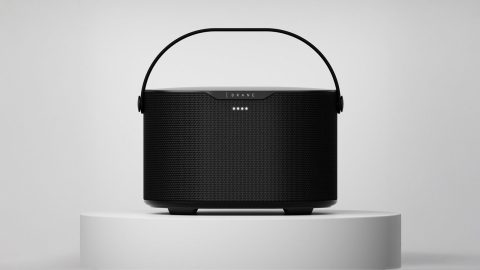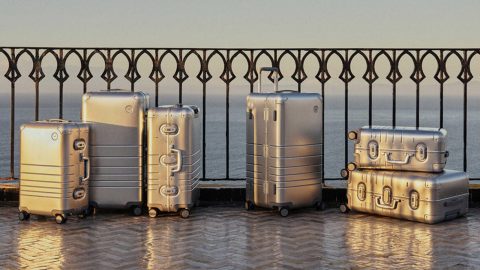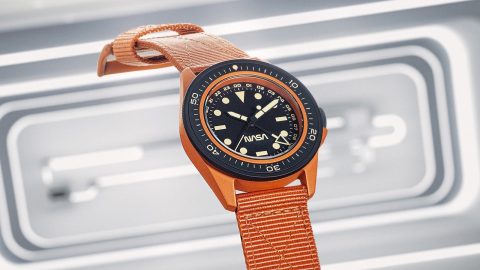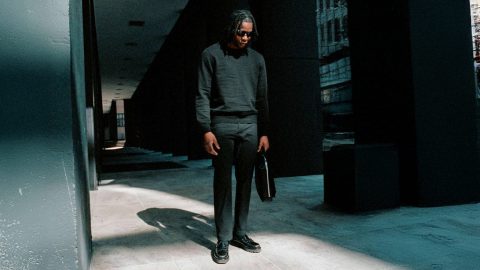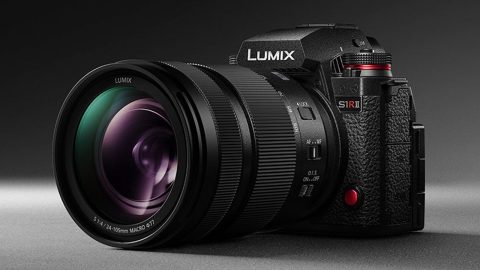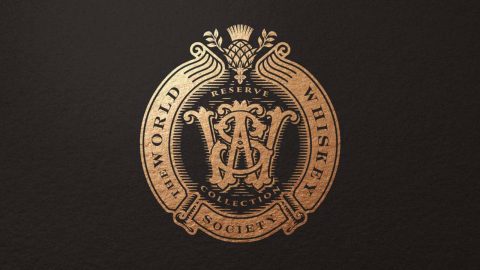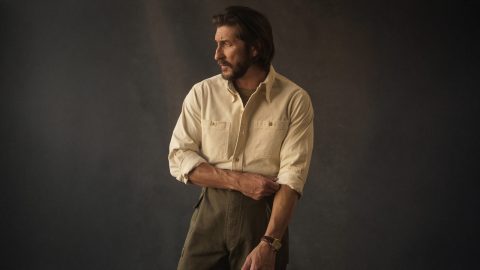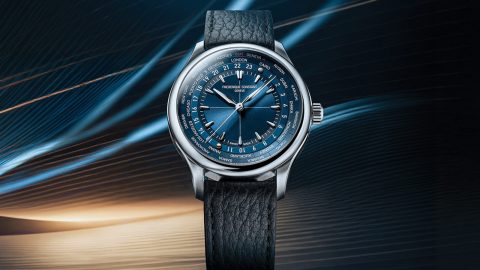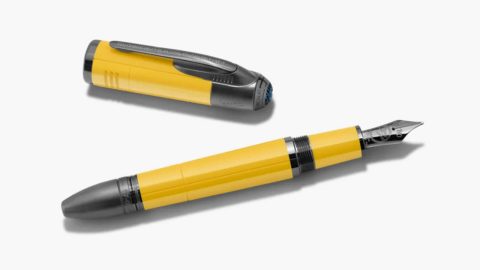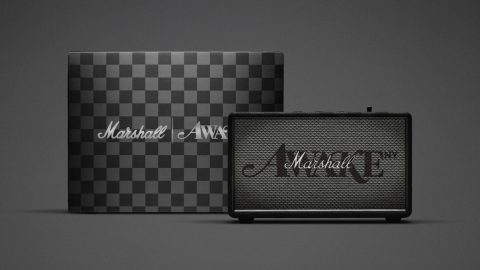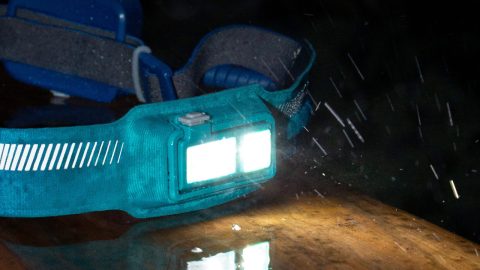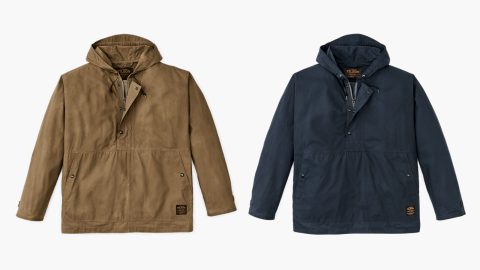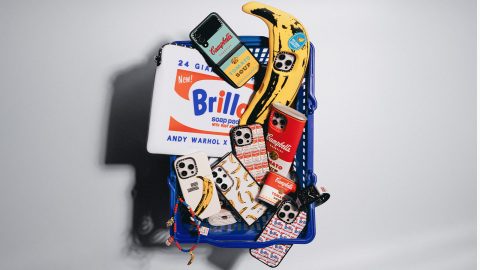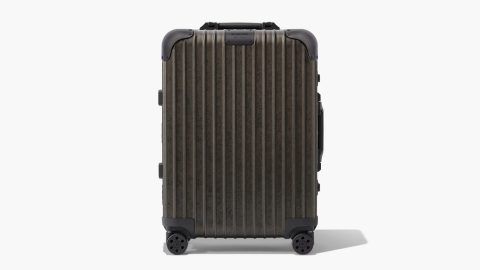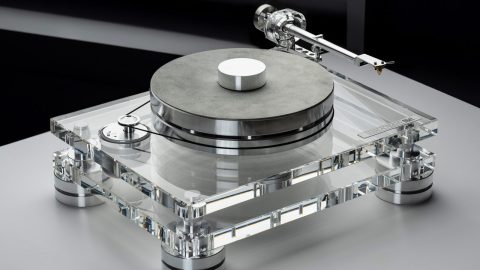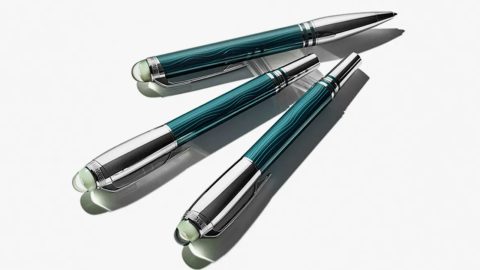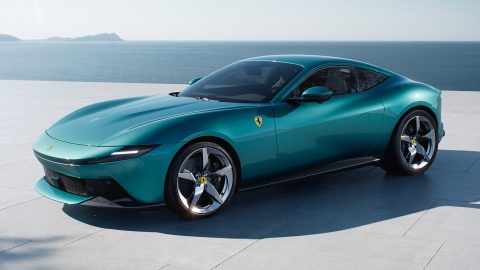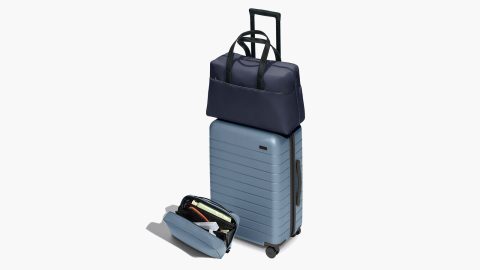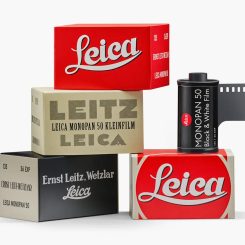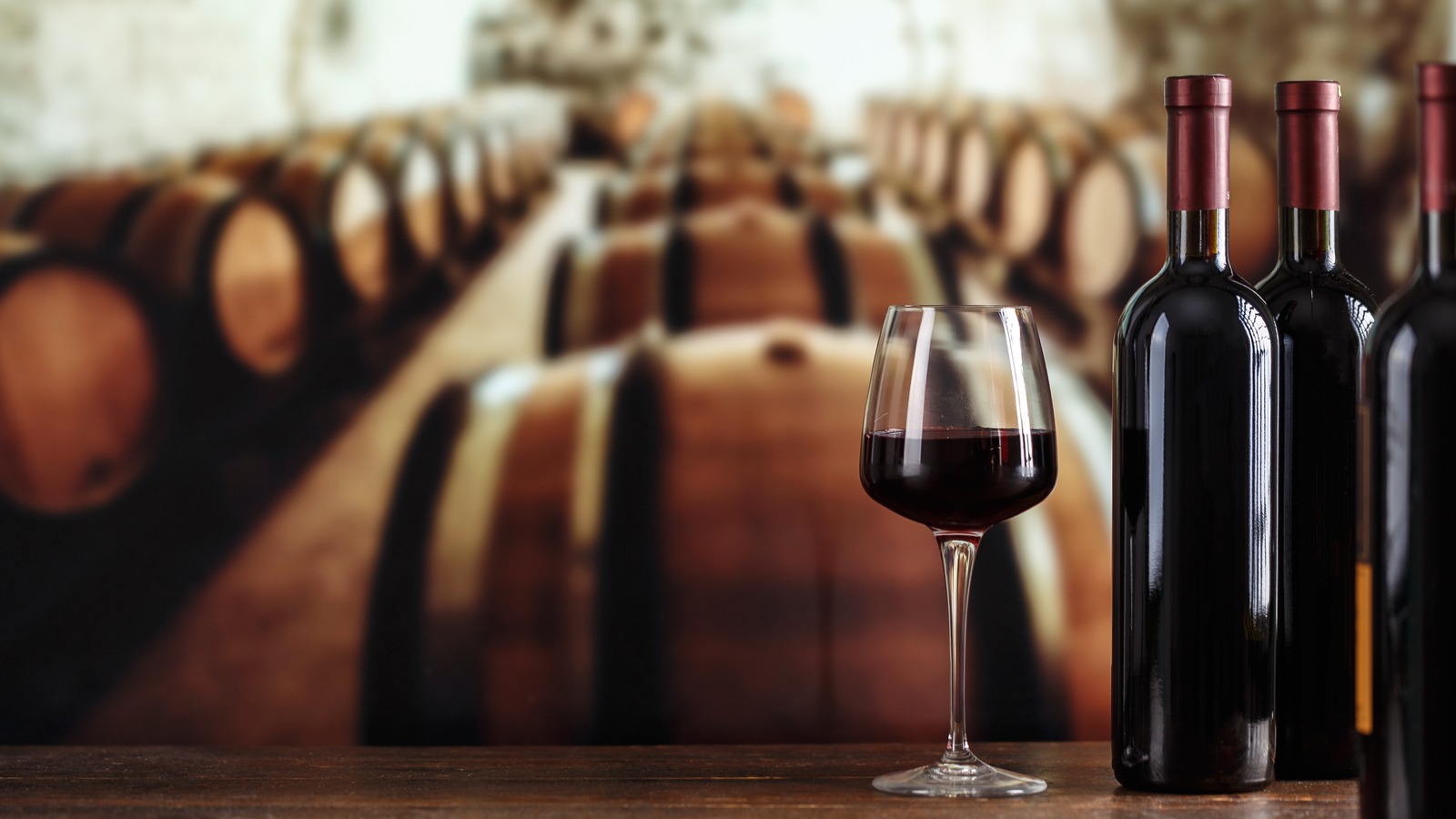
Like This, Try That: Bordeaux Edition
-
Everyday Carry Minimalist Design, Maximum Utility—Meet Laneway Crescent
3‑way wear shoulder, crossbody, or waist pack design.
-
Watches The Watch That Celebrates The Shark That Terrorized A Generation
Boasting a great white shark embossed dial with red JAWS logo.
-
Audio FiiO M21: Serious Sound, Zero Compromise, Pocket-Ready
A high-end portable player for FLAC and DSD files.
-
Tech How FilmVision Pro Nails Real Film Grain—No Filters Needed
Moment’s FilmVision Pro is designed to replicate the look of digitized negative-to-print film accurately.
-
Tech Meet The X-E5, The Street Photographer’s New Secret Weapon
Fujifilm’s new X-E5 mirrorless camera with interchangeable lenses.
-
Footwear norda Just Dropped The Most Thoughtful Recovery Shoe Ever
norda’s first recovery shoe, the 008, blends thoughtful design and rugged performance.
-
Audio These New Sony Speakers Are Punching Way Above Their Size
A 3-way, 3-driver speaker system for immersive sound.
-
Everyday Carry Filson Just Elevated EDC With This Graycloud Collab
Seattle handcrafted drop-point 3.25-inch scout knife.
-
Design Rolling Sculpture Or Secret Storage? Meet The Aluminum Stool
A sculptural seat that doubles as discreet whiskey vault.
-
Tech Lenovo’s 8” PureSight Screen Just Raised The Bar For Portable Gaming
Curved ergonomic grips and responsive triggers built for marathon sessions.
-
Food & Drink Joseph Magnus Cigar Blend Bourbon Isn’t For The Faint Of Palate
Bold, spicy, and made to pair with a cigar.
-
Everyday Carry Hardgraft’s Deep MacBook Case Just Got A Dark Chocolate Upgrade
Designed for 14″/13″ and 16″/15″ MacBook models.
-
Footwear G-Shock And Crocs Made The Wildest Collab of 2025
Limited-edition G-SHOCK GA2100CROCS25-7 bundle drops May 27.
-
Audio The Wheel 3 Just Made Every Other Turntable Look Boring
Wheel 3 delivers analog warmth with modern flair.
-
Watches The Most Elegant MB&F Yet Might Be Its Boldest Move
First of the Special Projects series from MB&F.
-
Health & Fitness These Forerunners Are Basically A Coach, Lab, And GPS Rolled Into One
VO2 max and recovery insights built in.
-
Everyday Carry This Bellroy Sling Might Just Retire Your Backpack
Bellroy Classic Sling in 3, 5, or 7L.
-
Watches Girard-Perregaux Just Brought A 1969 Classic Back To Life
In-house GP03300 caliber, 46-hour reserve.
-
Culture This Richard Mille Book May Cause Extreme Watch Lust
The holy grail of watches, between two covers.
-
Everyday Carry This Pen Is Quietly Redefining EDC Essentials
Writes anywhere with a black Fisher Space Pen cartridge.
-
Health & Fitness Nike’s Elite Recovery Boot Just Broke Out of the Pro Athlete Bubble
The recovery tech athletes swear by is now yours.
-
Food & Drink WhistlePig Goes Full Trooper With the Sticky Icky Old Fashioned Bundle
This kit brings the buzz without the high.
-
Audio Take Your Vinyl To The Beach With Toshiba’s AX-RP10
The turntable that fits in a shoulder bag.
-
Everyday Carry WESN’s About To Drop A Blade Straight Outta 1992
Only 200 made—game over if you miss it.
-
Watches A Tourbillon, A Repeater, And The Cosmos—In One Case
This isn’t a watch; it’s a mechanical galaxy.
-
Everyday Carry Topo’s Trail Pack Is The MVP Your Gear Rotation Needs
22 liters of built-for-anything grit.
-
Audio The Axion & Alien Brain Earbuds Are What Sci-Fi Dreams Sound Like
Space-age style, studio-grade sound.
-
Watches Proof You Don’t Need To Drop $1K For A Killer Dive Watch
This Timex watch is built to handle pressure—literally.
-
Watches Ressence’s TYPE 7 GMT Is A Futuristic Watch That Moves With You
The TYPE 7 introduces a GMT function for the first time in the brand’s history.
-
Audio A Smart Speaker With Deep Bass? Brane X Just Changed The Game
Say goodbye to weak smart speaker sound.
-
Everyday Carry Monos Just Dropped The Luggage Every Frequent Flyer Needs—And It’s Stunning
Aluminum armor for your gear.
-
Footwear Tech Meets Comfort: Why The On Cloud 6 Push Belongs In Your Rotation
Zero gravity cushioning for maximum hustle.
-
Watches This Limited-Edition Timepiece Pays Homage To Humanity’s Next Lunar Leap
Retro-futurism meets hardcore durability.
-
Footwear Shore Studios Turns Trash Into Treasure With Its Unique New Shoe Line
Five colors, four styles, zero guilt.
-
Style Why Ten Thousand’s Interval Collection Should Be In Your Gym Bag
Get ready to crush your workouts with this killer gear.
-
Watches From Tantalum To Titanium—MING’s New Watch Is Next-Level
The watch that turns ‘niche’ into ‘need it now’.
-
Tech Twice The Speed, Same Great Price—Apple’s iPad Air With M3
Fast, powerful, and ready to create.
-
Food & Drink Unlock Exclusive Bottles And Rare Pours With A World Whiskey Society Membership
Elite whiskey access without the hunt.
-
Style Corduroy Is Back, And Buck Mason Just Perfected It
From workwear to weekend—corduroy done right.
-
Footwear No Pods, No Problem—On Cloudsurfer 2 Reinvents Running Comfort
Runners wanted a softer ride, so On delivered it.
-
Watches Frederique Constant’s Worldtimer Just Got A Luxe Upgrade
Time zones never looked this damn good.
-
Everyday Carry Elevate Your Getaway With The White Lotus x Away Travel Line
Unleash your inner luxury traveler.
-
Everyday Carry Fuel Your Creativity With Montblanc’s Enzo Ferrari Giallo Modena Pens
The striking yellow pays tribute to the shield of Modena, Ferrari’s birthplace.
-
Audio The Speaker That Brings Art, Culture, And Sound Together
Bold design, bigger sound—Awake NY x Marshall.
-
Health & Fitness Transform Your Night Runs With BioLite’s Dash 450 Headlamp
The headlamp that moves with you.
-
Everyday Carry 500 Pieces. One Chance. Get Your Hands On The RIMOWA x Rick Owens Cabin
The RIMOWA × Rick Owens Cabin symbolizes luxury and function.
-
Tech Say Goodbye To Shaky Footage With Insta360 Flow 2 Pro
Stability and style in the palm of your hand.
-
Style Stone Island Just Dropped New Gear You’ll Want To Wear Now
New arrivals that blend innovation with bold design.
-
Style Utopian Uniform Is Goldwin’s Vision For A Sustainable Future
Revolutionizing fashion with Brewed Protein™.
-
Audio Musical Fidelity M6xTT Takes Vinyl Listening To A Whole New Level
Get ready for flawless sound.
-
Everyday Carry Pen Or Power Move? Montblanc Starwalker Delivers
Space-inspired luxury pens with unmatched balance.
-
Motoring Ferrari Just Killed The Roma—Meet The Amalfi
Elegant GT with track-level Ferrari performance.
-
Everyday Carry Travel Like A Pro With This 3-Piece Away Luggage Set
Smart travel luggage set for weekend getaways.

